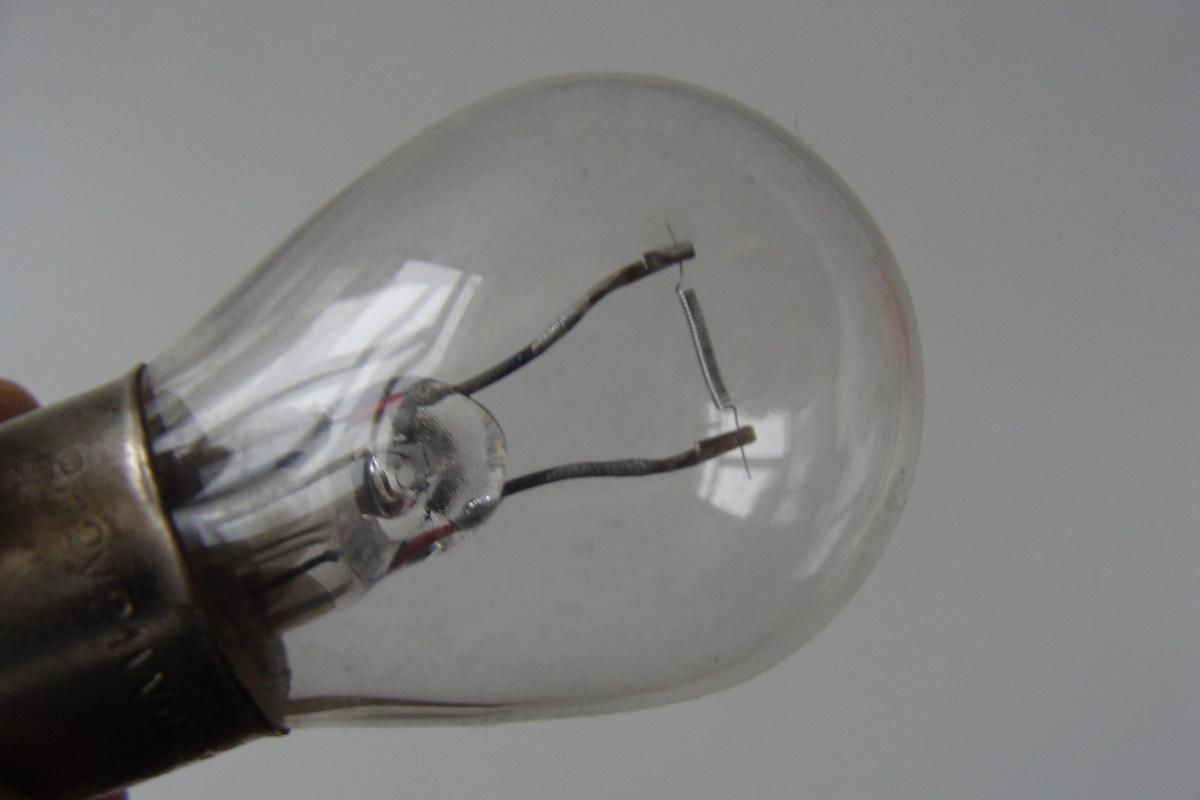
Car light bulbs wear out
 Vehicle electrical system components are subject to gradual wear and tear. In some light bulbs, progressive signs of aging can be seen on the surface of the glass bulb.
Vehicle electrical system components are subject to gradual wear and tear. In some light bulbs, progressive signs of aging can be seen on the surface of the glass bulb.
The gradual wear of lamps is the result of thermochemical processes occurring in them. Threads in light bulbs  they are made of tungsten, a metal with a very high melting point of about 3400 degrees Celsius. In an ordinary light bulb, the individual metal atoms are detached from it when the filament is ignited. This phenomenon of evaporation of tungsten atoms causes the filament to gradually lose thickness, reducing its effective cross section. In turn, the tungsten atoms detached from the filament settle on the inner surface of the glass flask of the flask. There they form a precipitate, due to which the bulb gradually darkens. This is a sign that the thread is about to burn out. It is better not to wait for it, just replace it with a new one as soon as you find such a light bulb.
they are made of tungsten, a metal with a very high melting point of about 3400 degrees Celsius. In an ordinary light bulb, the individual metal atoms are detached from it when the filament is ignited. This phenomenon of evaporation of tungsten atoms causes the filament to gradually lose thickness, reducing its effective cross section. In turn, the tungsten atoms detached from the filament settle on the inner surface of the glass flask of the flask. There they form a precipitate, due to which the bulb gradually darkens. This is a sign that the thread is about to burn out. It is better not to wait for it, just replace it with a new one as soon as you find such a light bulb.
Halogen lamps are much more durable than conventional ones, but they do not show signs of wear. To reduce the degree of evaporation of tungsten atoms from the filament, they are filled under pressure with a gas derived from bromine. During the glow of the filament, the pressure inside the flask increases several times, which greatly complicates the detachment of tungsten atoms. Those that evaporate react with the halogen gas. The resulting tungsten halides are again deposited on the filament. As a result, deposits do not form on the inner surface of the flask, indicating that the thread is about to run out.
